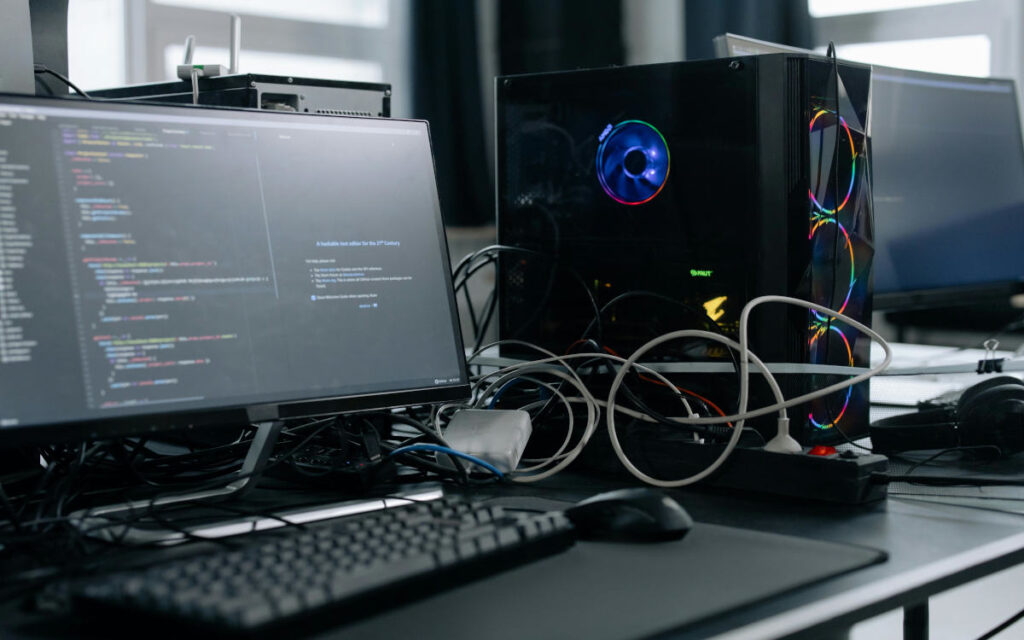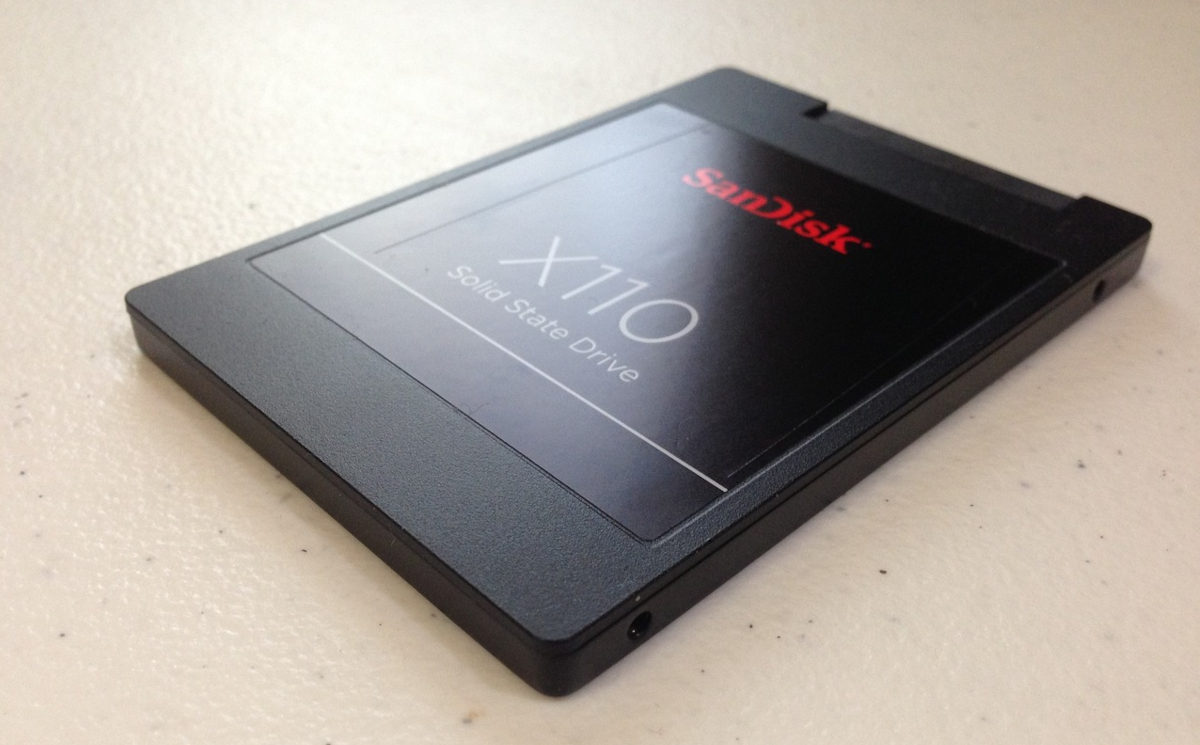
In previous posts we have already explained What is computer hardware and what is its function?. This is a very important topic for those who are taking their first steps in the world of computing and information technology. Now we are going to delve deeper into the topic, highlighting the types of hardware that exist and what function they have fulfilled within a computer system.
It is possible to classify hardware into different categories taking into account aspects such as its location, its importance and its functionIn this post we will focus on the latter aspect, and we will specifically talk about five types of hardware. We will also look at examples of hardware and what tasks they perform to make data processing possible in digital environments.
What is hardware

When we talk about computer hardware, we are referring to all the physical and tangible elements that make it up. The English word hardware (hard: rigid, and ware: The term "commodity" came into use in the 1940s to refer to these items. The term includes all mechanical, electrical and electronic parts that make data processing possible in digital environments.
To better understand what a computer's hardware is, it is worth comparing it with another essential element in the computer world: the software. That term (soft: soft, flexible), covers all computer programs and other digital elements that are executed by a computer. Thus, hardware includes all physical and tangible components (processor, storage unit, etc.), while software is made up of digital elements (programs, operating systems, etc.).
Brief history of hardware
Before talking about the types of hardware, Let's review its history: a very interesting journey that goes from the first computing devices to today's powerful computers. You can see it better in the following summary:
- Origins: The first calculating devices, such as the abacus, emerged thousands of years ago.
- First generation (1945-1956): They were very large machines that used vacuum tubes.
- Second generation (1957-1963): With the invention of transistors, vacuum tubes were replaced, which significantly reduced the size of computers.
- Third generation (1964-1971): Integrated circuits were designed, increasing the speed and efficiency of computers and further reducing their size.
- Fourth generation (1971-1981): Microprocessors arrived, beginning the era of personal computers (PC).
- News: Computers continue to be designed with smaller and more powerful components, and artificial intelligence and machine learning are producing a significant evolution in the types of hardware.
Top 5 types of hardware and their function
Let's talk now about The main 5 types of hardware that make up a system or computer, as well as the functions that each one performs. All of these elements play an essential role in the correct functioning of devices such as computers and mobile phones. Over time, they have received important improvements to gain more power and speed, increasing the overall performance of the system they integrate.
processing hardware

Processing hardware is the brain of any electronic device, from a simple calculator to a powerful computer. It brings together the set of Physical elements that are responsible for executing instructions and performing calculations for the device to work. These elements may be:
- Central Processing Unit (CPU): Better known as a processor, it is the brain of the system and performs arithmetic and binary logic operations. It is connected to the motherboard and is responsible for controlling the operation of the other hardware components. The pioneering companies in the manufacture of processors are: Intel y AMD.
- Motherboard (motherboard): This main board serves as a printed circuit board that connects all the other components. The CPU, RAM, graphics card, and other elements are interconnected on it.
- RAM memory (random access memory)These chips temporarily store the data that the processor is using at a given time. When the computer is turned off, the data is erased.
- Graphics processing unit (GPU): This component specializes in processing graphics and generating images. It is essential for games, graphic design, and video editing.
Storage hardware

The main function of storage hardware is save all information and facilitate access to it for processing. Under this category we could also include RAM, as well as these components:
- Storage units (HDD/ SSD): Is the main computer storage, where files, programs and the operating system are stored permanently. Hard disk drives (HDD) consist of a mechanical reading arm and a rotating disk. Solid state drives (SSD) use flash memory to store information and are faster, quieter and more efficient than HDDs.
- USB flash drives and memory cards: They are devices of External storage, small and portableThey are used to store and transport information from one computer to another. Memory cards are commonly used in cameras and mobile phones.
Types of hardware: input peripherals

Among the types of hardware are input peripherals, which include all the physical components that allow enter information into the system. They are responsible for transforming real-world information into data that the computer can process. Some common examples are:
- Keyboard: Allows you to enter text, numbers and commands into the system using keys.
- Mouse: Used to move the cursor on the screen and select options.
- Scanner: Capture images of physical documents and objects and convert them into digital files.
- Microphone: Captures sounds and converts them into digital audio files.
- Webcam: Allows you to capture video images for later editing, as well as make video calls.
- Joystick: It is mainly used in video games to control the movement of characters on screen.
output peripherals

Output hardware brings together all the physical components of a computer that are responsible for display or transmit the processed information for this. Thanks to them, we can see, listen to or print the results of operations performed by the computer. These types of hardware include:
- Monitor: This main screen displays the graphical interface, text, images and videos.
- Printing machine: Convert digital documents into physical paper copies.
- speakers and headphones: Allows you to listen to sound playback.
Hardware Types: Mixed Peripherals
Finally, we have the mixed peripherals, those that combine data input and output functionsThey not only receive information, but also send it. Some examples are:
- Touchscreens: They allow you to view information and, at the same time, interact with it through direct keystrokes.
- Multifunction printers: In addition to printing documents, you can scan them and convert them into digital files.
- Modems: They connect devices to the network, making it possible to receive and send data.
In summary, we can say that these types of hardware (processing, storage, input, output and mixed) They are the most relevant for the operation of a computer. To this day, they are still present in all modern computers, facilitating our access to the virtual universe.
Since I was very young I have been very curious about everything related to scientific and technological advances, especially those that make our lives easier and more entertaining. I love staying up to date with the latest news and trends, and sharing my experiences, opinions and advice about the equipment and gadgets I use. This led me to become a web writer a little over five years ago, primarily focused on Android devices and Windows operating systems. I have learned to explain in simple words what is complicated so that my readers can understand it easily.
